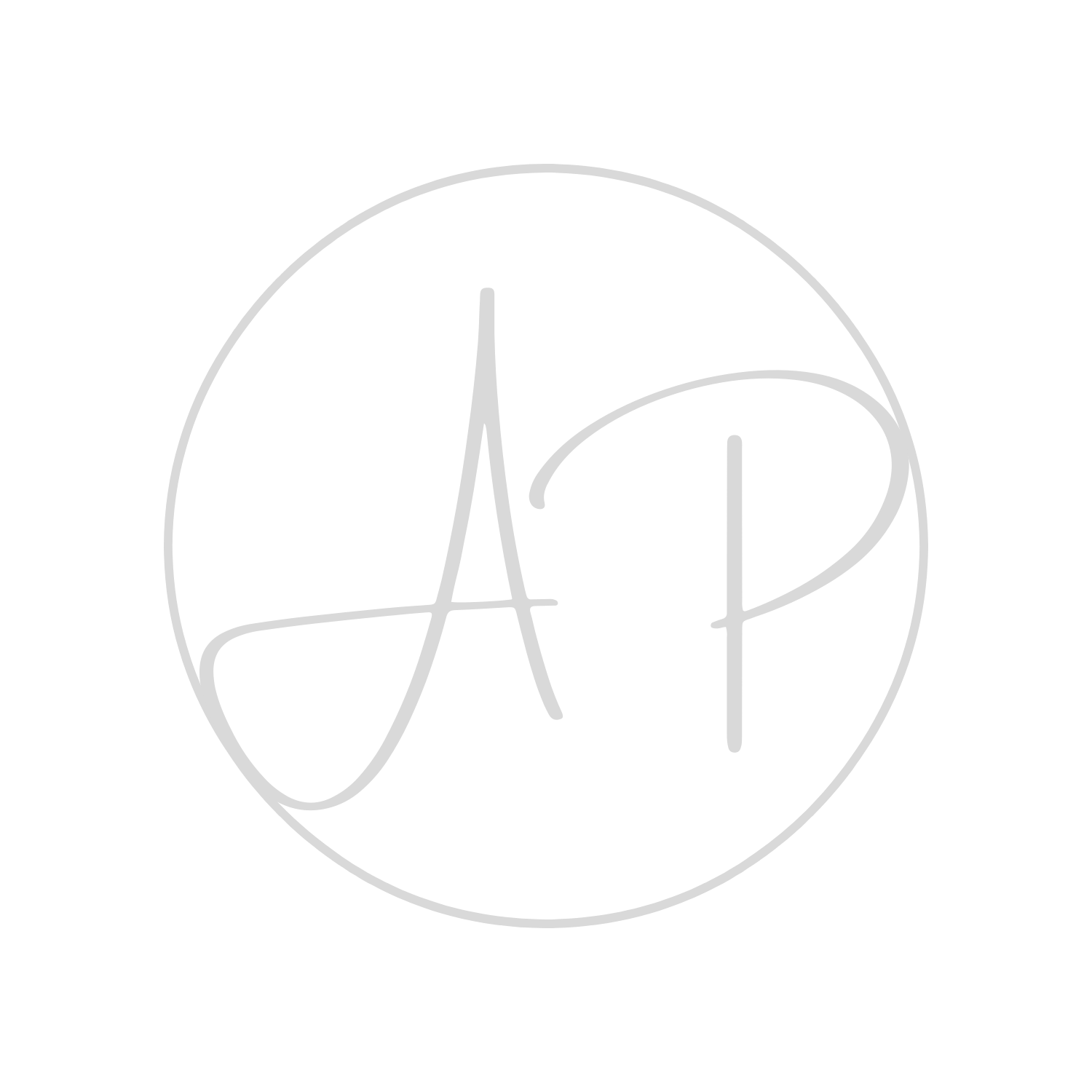A good set of tools can help an artist create the ultimate piece of art. Aside from being able to practice, having the right supplies is also essential to ensure that the artist achieves their goals. If an artist tries to paint over drawing paper, they might have a different result. This might cause the paper to distort and the image to look further.
Here is a list of the essential art supplies and tools every artist should have to avoid this. This list is for aspiring artists who are starting and want to ensure they have the right tools. Also, experienced artists ready to upgrade or update their supplies can check this list.
Pencils
One of the essential tools that an artist should have is a pencil. They are commonly used for sketching and filling their art journal with ideas. They can also be the primary tool for creating pencil drawings. You can choose from various types of pencils, such as mechanical and traditional pencils. The product’s name indicates the type of effect you can achieve. These pencils can be hard, bold, soft, smearable, and blendable. If you are starting, you might want to start with the basic HB pencils used for sketching. Then, you can go for the 6B, which is for shading, and the 9B, for darker tones.
Brushes
Finding the right set of brushes can be challenging due to the variety of products you can choose from. The first thing you should do is select the type of bristle you want to use. The softer bristles provide a smooth and soft stroke, while the harsher ones create thick layers of paint.
Paint
Artists can choose from many types of paints, depending on the medium they will use and their goals. Every artist has their preferred type and brand of paint, and depending on their needs and goals, they can experiment with different materials and pigments.
If you are starting, acrylic paint might be a good choice. Medium-quality acrylic paint will allow you to try out new materials. Before you start using any of the paint tubes, it is crucial that you first think about the primary colors that you want to use. This will allow you to create a more accurate and balanced color palette.
Paper
A critical factor that an artist should consider when choosing a blank medium is the type of paper they want to use. Usually, artists prefer to use acid-free sheets. The paper’s weight is another important factor that an artist should consider. Light-weight papers are more likely to resist wet media and pencils, while heavier ones might not work well with an eraser. They also have a texture created by the teeth on their surface, which holds the pigments.
Palette and Palette Knife
A palette is a surface that an artist uses to mix and hold their paints. There are various types of these, such as plastic, metal, ceramic, and glass. These tools should be light and easy to carry, making them ideal for working without interruptions. The ideal palette should also have enough space to accommodate all the different colors you’ll be using.
Spending a lot of money on a new palette is unnecessary. Instead, think about something that will last for a long time.
A palette knife is commonly used to create varying shades of paint by mixing different types of paint. It can also be used to apply the paint directly onto the paper. This provides a more textured and thick stroke.
